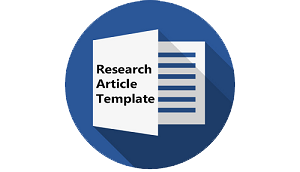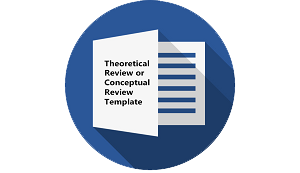FAKTA SEJARAH DALAM NOVEL PEREMPUAN KEUMALA KARYA ENDANG MOERDOPO
DOI:
https://doi.org/10.30957/cendekia.v9i1.50Keywords:
novel, historical events, Ducth.Abstract
This study aims at analyzing historical facts encountered in the novel Keumala Woman (Perempuan Keumala) written by Endang Moerdopo. The analyses comprises of historical facts about: (1) Keumalahayati, (2) historical events, and (3) places having historical story. Data of this study are sequences of events in the novel pertaining to historical realities. New historicism analysis is used to describe the data. The study reveals some findings. First, Keumalahayati is a royal woman who finished her education in Military Academy Makhad Baitul Makdis. Several names that supports historical fact is her husband Sultan Alaiddin Riayat Syah, Cut Limpah, Alfonso, Sultan Muda, Cornelis de Houtman and Frederick de Houtman. Second, historical events incurred in the novel included the development of Makhad Baitul Makdis, the war to Portoguuese in Teluk Haru, rebellion of Sultan Muda, and the arrival of the Dutch for the first time in Aceh. Third, name of places supporting historical facts consisted of Makhad Baitul Makdis, kingdom palace, Krueng Raya Harbor, Pulau Weh, Benteng Inong Balee, Teluk Haru, and Tamiang. This novel is in fact a historical novel particularly that describes the heroism of Keumalahayati.
Â
Â
Downloads
Downloads
Published
How to Cite
Issue
Section
License
Authors who publish with this journal agree to the following terms:
- Authors retain copyright and grant the journal right of first publication with the work simultaneously licensed under a Creative Commons Attribution-ShareAlike 4.0 International License that allows others to share the work with an acknowledgement of the work's authorship and initial publication in this journal.
- Authors are able to enter into separate, additional contractual arrangements for the non-exclusive distribution of the journal's published version of the work (e.g., post it to an institutional repository or publish it in a book), with an acknowledgement of its initial publication in this journal.
- Authors are permitted and encouraged to post their work online (e.g., in institutional repositories or on their website) prior to and during the submission process, as it can lead to productive exchanges, as well as earlier and greater citation of published work (See The Effect of Open Access).












